Mercury, The Not-So-Shrunken Planet
Published in Astronomy
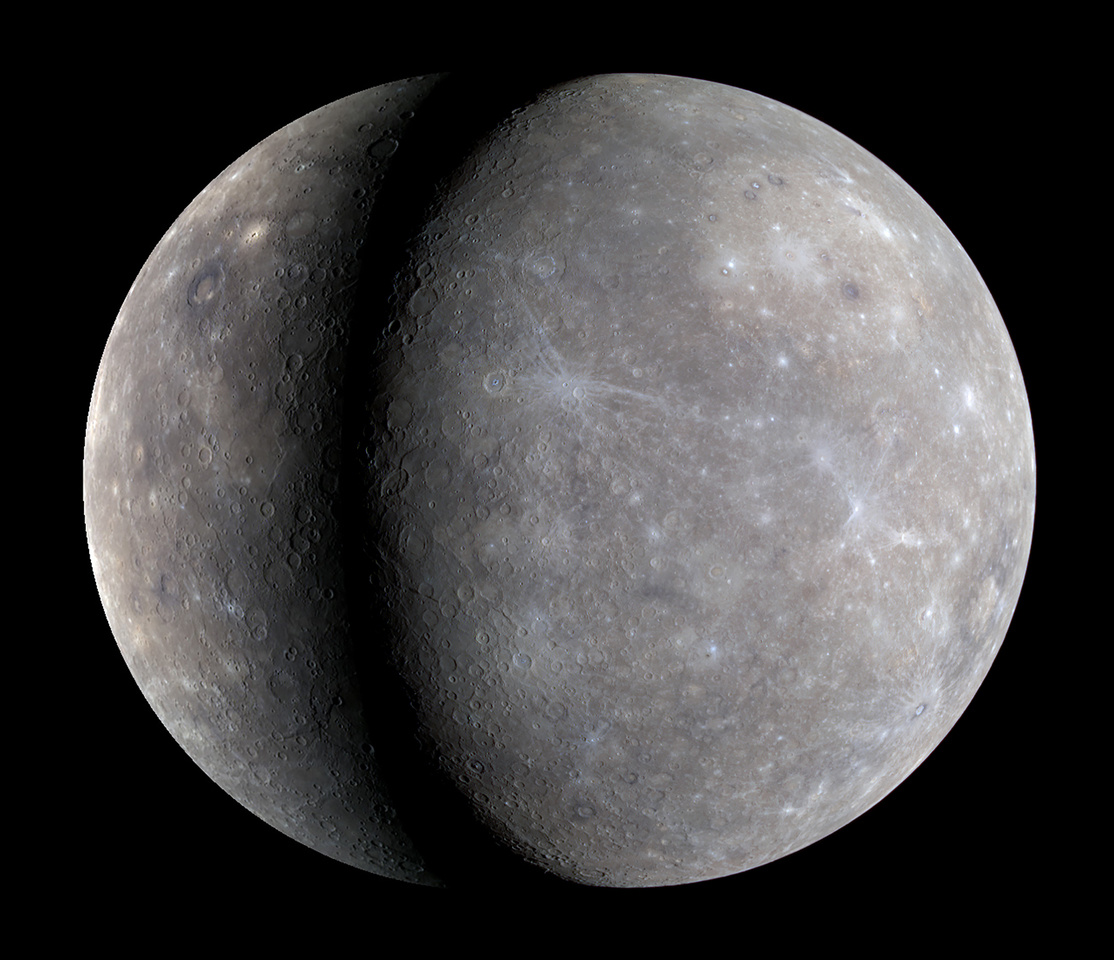
The first evidence of these fault scarps was detected in images from the flybys of Mariner 10 in the mid-1970’s. However, the full scale and number of the fault scarps didn’t become clear until MESSENGER imaged the entire surface of Mercury. These fault scarps were one of my primary interests. I had spent a lot of time before the MESSENGER mission looking at the fault scarps in the hemisphere imaged by Mariner 10, so I had a pretty good idea what to look for in MESSENGER images. However, in the Mariner 10 hemisphere – in regions where I knew they were present – some prominent fault scarps weren’t evident in the MESSENGER orbital images. This was because during the first solar day of the orbital mission, the images that had been acquired were not optimum for detecting landforms. The optimum are high-incidence angle images – those taken when the sun is low on Mercury’s horizon and shadows are cast. After pointing this out, a campaign to obtain optimized images was initiated and resulted in high-incidence angle image coverage of the surface illuminated when the sun was in the east and the west. Two near-global image mosaics facilitated the identification of the fault scarps everywhere on the planet.
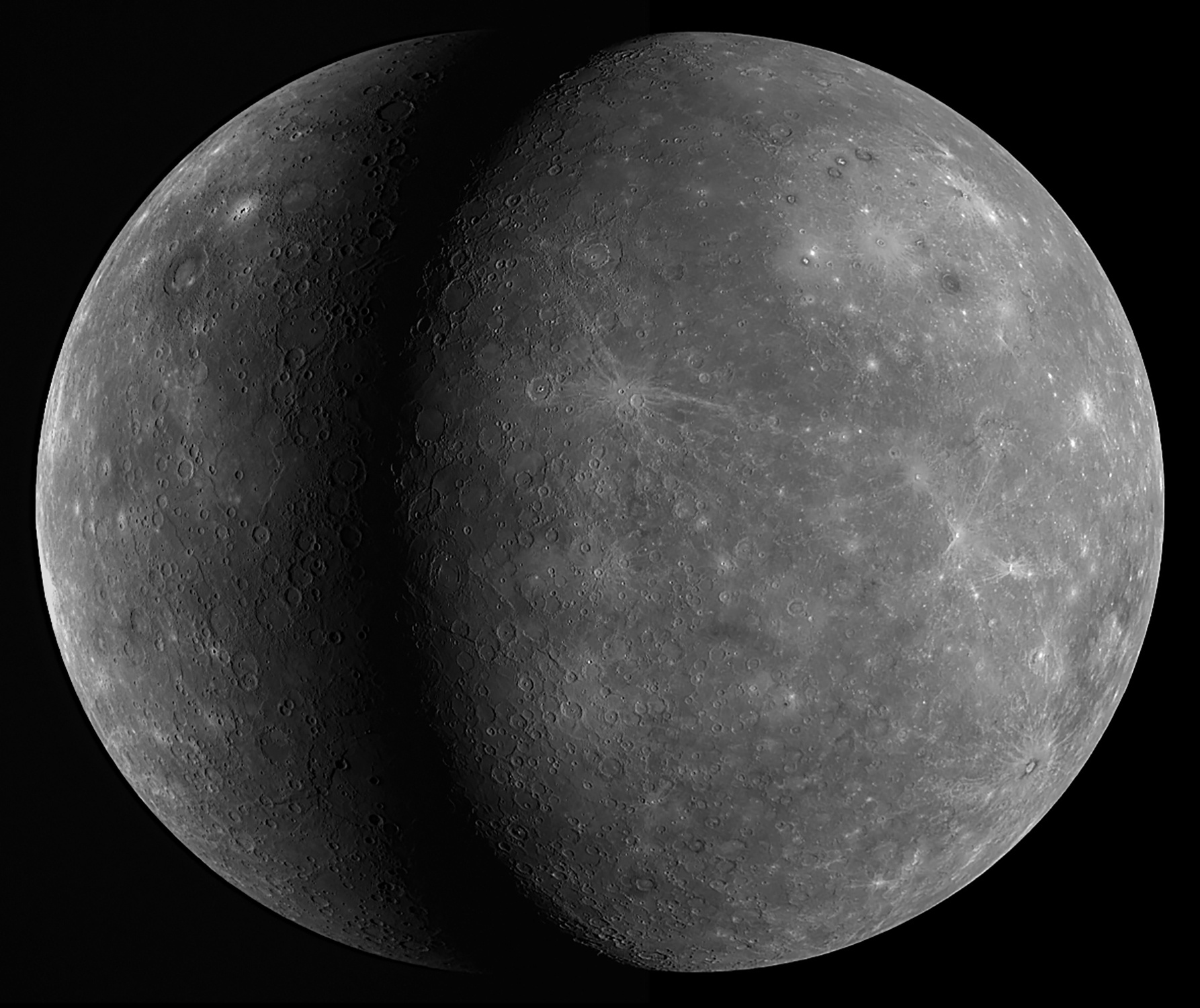
Composite (BW) of two flyby views of Mercury captured by Wide Angle Camera of the Mercury Dual Imaging System (MDIS) on the MESSENGER spacecraft. The image on the right was taken on January 14, 2008 during MESSENGER’s first flyby, and the image on the left was taken during the third flyby on September 29, 2009. The two views of Mercury show much of the hemisphere not imaged by Mariner 10 with only small coverage gap in shadow along the terminators. Two of the most prominent lobate fault scarps are found near the terminators – Beagle Rupes (right globe, mid-terminator) and Enterprise Rupes (left globe, lower-terminator). MDIS images EW0108829708 (right) and EW0162741055 (left).
Credit: NASA/Johns Hopkins University Applied Physics Laboratory/Carnegie Institution of Washington/Smithsonian Institution
MESSENGER confirmed that the population of large fault scarps was evidence Mercury had experienced global contraction as the planet’s interior cooled. This caused the crust to contract, forming thrust faults and scarps hundreds of kilometers long and many with over a kilometer or more of relief. One of the key questions that could be addressed by identifying all the fault scarps is the amount of contraction Mercury experienced since the end of the period of heavy bombardment, about 4 billion years ago, before which no record would be preserved.
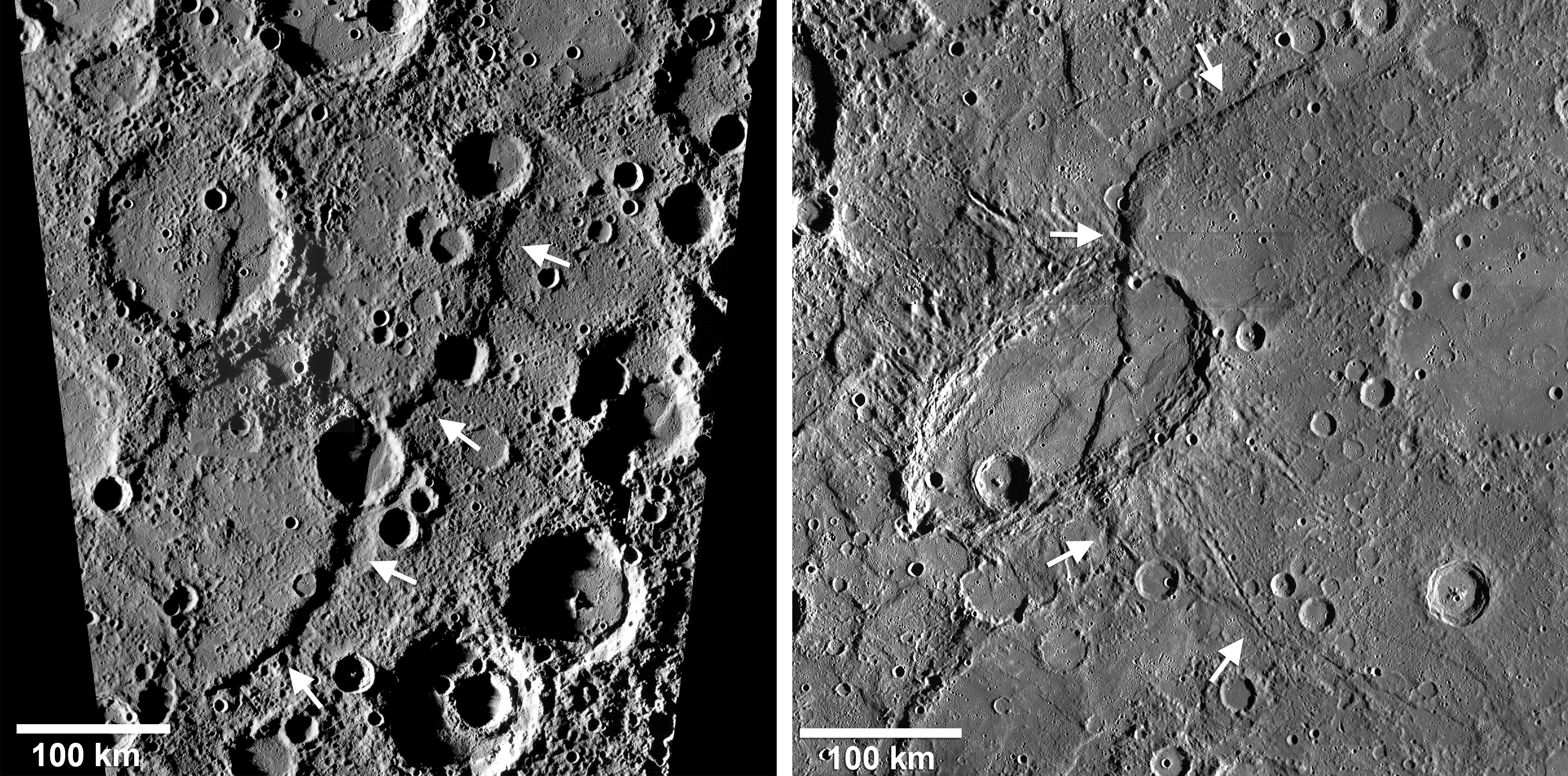
Two prominent lobate thrust fault scarps on Mercury, Discovery Rupes and Beagles Rupes, imaged by Mercury Dual Imaging System (MDIS) on the MESSENGER spacecraft. Discovery Rupes (left), named for the ship HMS Discovery, shown here in a MDIS high-incidence angle image mosaic, was first imaged by Mariner 10 in the mid-1970’s. Beagle Rupes (right), a bow-shaped fault scarp, was initial imaged during MESSENGER’s first flyby. Both fault scarps are cliff-like landforms that are over 1 km above the surround terrain.
Credit: NASA/Johns Hopkins University Applied Physics Laboratory/Carnegie Institution of Washington/Smithsonian Institution
The amount Mercury has shrunken as expressed by the population of fault scarps has been a matter of debate. Some investigators estimated the decrease in the planet’s diameter to be as much as 14 km or more – what I describe as a “super-contracted” Mercury. In this study, using the high-incidence angle MESSENGER images and topographic data, only landforms with clear evidence of contractional deformation were mapped. I estimate the amount of contraction to be 2 to 4 km at most.
The loss of heat from the interior is a driving force on rocky planets. On a multi-plate planet like Earth, most of the major faults are located along the interacting plate margins. Mercury, by contract, is a one-plate planet and could be considered the archetype of how one-plate planets express the loss of interior heat. On a one-plate planet, the interior heat loss results in contraction of the entire plate and the formation of a broadly distributed array of fault scarps as we see on Mercury. Conventional wisdom has it that the smaller the body, the more quickly it loses its interior heat and becomes geologically inactive. The relatively small amount of global contraction I estimate for Mercury tells a very different story. It indicates an evolutionary path for small rocky planets where interior heat is retained and slow cooling results in less overall contraction. Slow cooling may drive very recent and even current tectonic activity on Mercury.
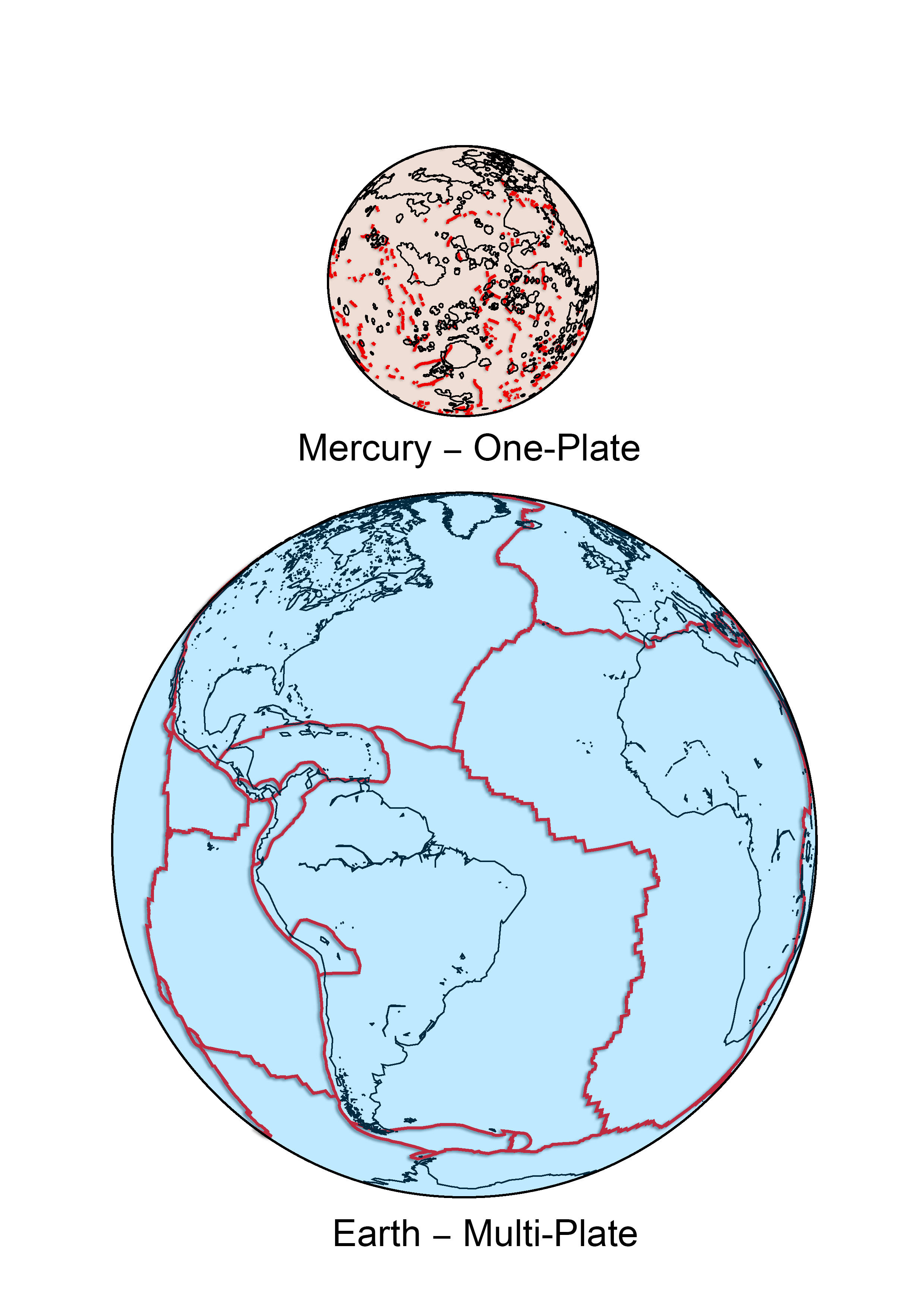
Multi-Plate and One-Plate Planets. Earth’s lithosphere, its rigid outer shell, is broken into 12 individual plates (red lines). Movement of these fault bounded plates is propelled by mantle convection, a mechanism driven by heat loss from Earth’s interior. Earth’s coast lines are shown (black lines). Mercury’s lithosphere by contrast, is a single, continuous plate that has been broken by many widely distributed faults (red lines). These faults are the result of global contraction driven by loss of heat from Mercury’s interior. Mercury’s smooth volcanic plains are shown (black lines).
Credit: Smithsonian Institution
Follow the Topic
-
Communications Earth & Environment

An open access journal from Nature Portfolio that publishes high-quality research, reviews and commentary in the Earth, environmental and planetary sciences.
Related Collections
With Collections, you can get published faster and increase your visibility.
Geology of the Moon
Publishing Model: Hybrid
Deadline: Jan 31, 2026
Drought
Publishing Model: Hybrid
Deadline: Mar 31, 2026
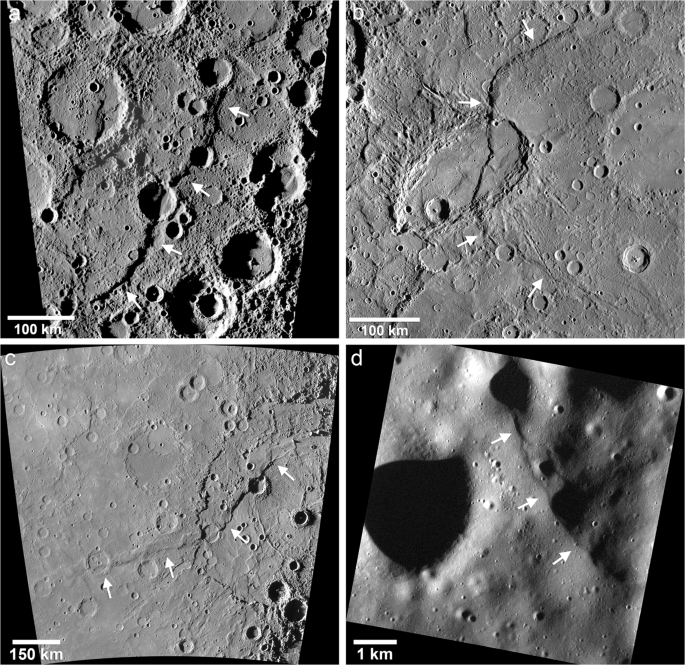
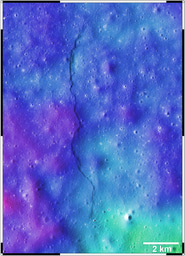
Please sign in or register for FREE
If you are a registered user on Research Communities by Springer Nature, please sign in